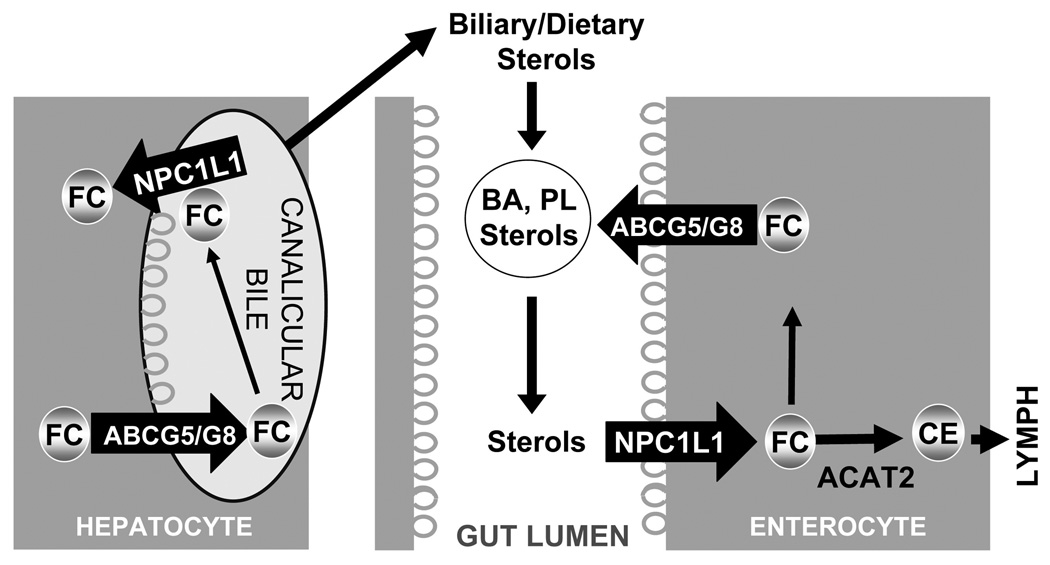Figure 3. Role of NPC1L1 and ABCG5/G8 in enterohepatic cholesterol recirculation.
Biliary and dietary sterols are mixed in the gut lumen and solubulized by bile acids (BA) and phospholipids (PL) to form mixed micelles. NPC1L1 absorbs sterols, including free cholesterol (FC), from these mixed micelles at the apical surface of the enterocyte. Sterols in enterocytes can be pumped out to the gut lumen by the action of the heterodimeric ATP binding cassette transporters G5 and G8 (ABCG5/G8), or can be esterified by acyl-coenzyme A: cholesterol acyltransferase 2 (ACAT2) to yield cholesteryl ester (CE) for assembly into chylomicrons for secretion into lymph. In the hepatocyte, ABCG5/G8 at the canalicular membrane pumps free cholesterol into the bile canaliculus. This action is opposed by NPC1L1, which reabsorbs the FC back into the hepatocyte. Thus, in both the enterocyte and hepatocyte, sterol efflux by ABCG5/G8 is opposed by NPC1L1-dependent sterol influx.

